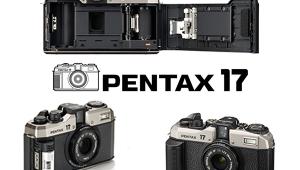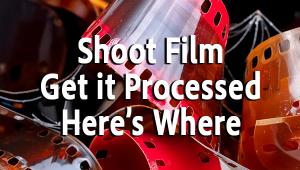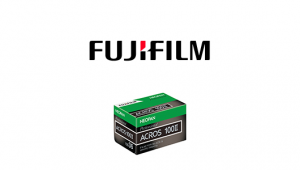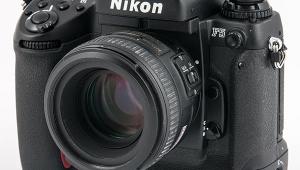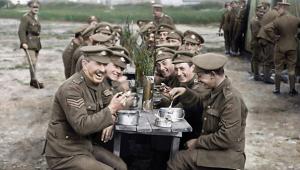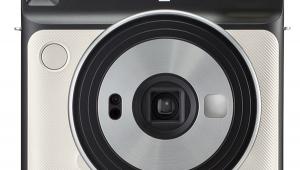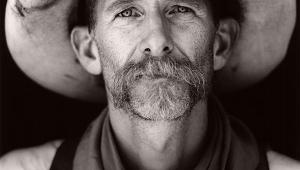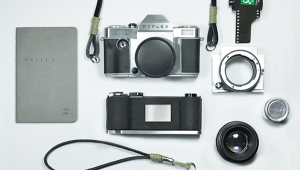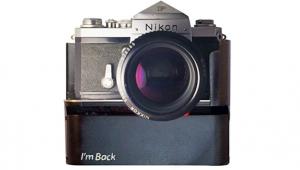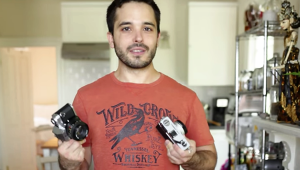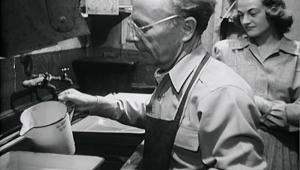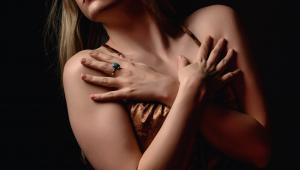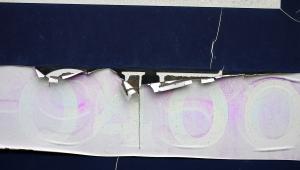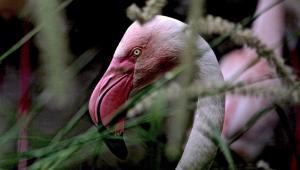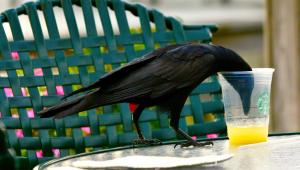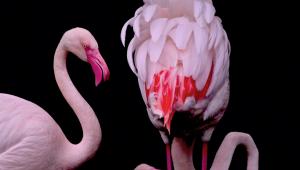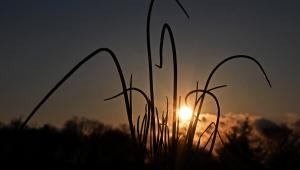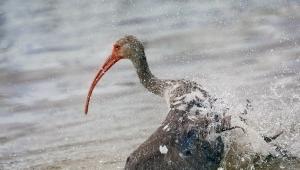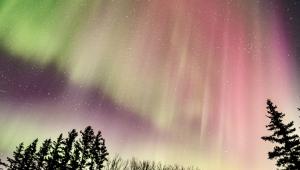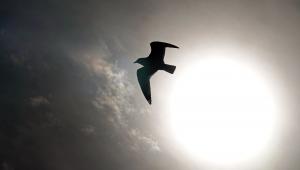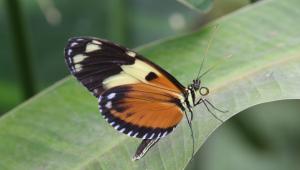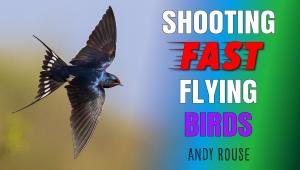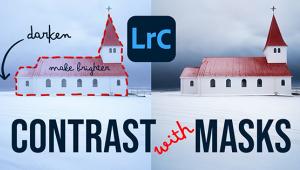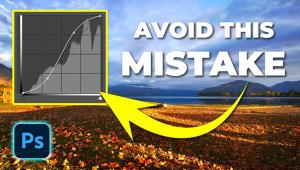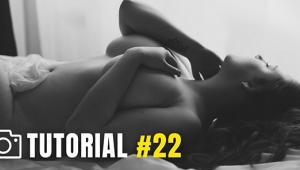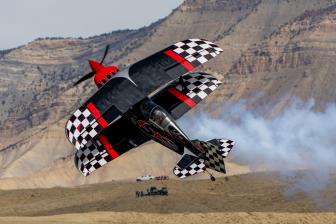Pretty cool discussion about the black and white, and monochrome colors and how they relate to arts. I liked your visuals as well.
video production company melbourne fl
Monochrome Diary: Images on Film

While black and white digital photography is based on the conversion of a color (RGB) image to monochrome via software, those who remain adherents of film photography have an entirely different route to obtaining a black and white image.
With panchromatic film, the image is formed by the action of light upon light-sensitive silver halides in the film emulsion, the light-sensitive coating on film base. These exposed silver halide grains are then reduced to metallic silver by development in chemical baths, which create a matrix of silver densities that we see as a negative image. To obtain a print, this negative is then made positive by re-exposure onto photographic paper, or onto other photographic material. Prior to development and after exposure the light-exposed silver halides form a latent image. When we develop we are in a sense amplifying that image to make it visible.
That scenario is basic to all photographic film processes. When we take a picture, we allow a controlled amount of light to strike film. If properly exposed and developed, the tonal scale obtained will be an accurate reproduction of the relationship of the luminance or brightness values of the original scene. Thus, the brighter areas, or highlights, will have more density than the darker, or shadow areas in the negative, and the relationship of dark to light, and the relative value of those areas to one another, will be equivalent to the original scene.
When a print is made, the relationship of light to dark in the negative is reversed. Darker tones print as lighter tones; lighter tones in the negative print as darker tones in the positive. The negative is created with one exposure value (EV), or amount of light striking the film. Prints can also be made in this way, but can also be made so that selective areas are given more or less exposure, which is where the digital burn and dodge tools get their name. “Burning" (adding more exposure to selective areas) or "dodging" (reducing exposure in certain areas) is an important aspect of printmaking. This yields great creative control of tonal values when prints are made.
In black and white, the monochrome scale goes from bright, texture-less white to deep, detail-less black. In between are a range of gray tones that stretch across what could be called a grayscale spectrum. This tonal scale is, for simplicity sake, broken up into eleven steps, or zones. The division points within this 11-step scale (from Zone 0 through 10) are somewhat arbitrary; indeed, if there were only 11 steps in this scale we would have a very limited palette; there are in fact many more steps and nuances of tone.
Contrast is a key element in all photography, film or digital, yet the way a particular level of contrast is achieved is quite different. Contrast is the overall relationship between light and dark values. When talking about the scene we are photographing, contrast is determined by the relationship of the highlights and shadows, and is measured in EV, or exposure values in the scene. For example, on bright days with deep black shadows we have a fairly high-contrast scene. On overcast days with no shadows we have a low contrast scene. To judge contrast you can measure the brightest and darkest part of the scene with a light meter, note the difference in EV (the combination of aperture and shutter speed) and derive the contrast from the difference.
That scene contrast is a given, or constant. Yet, after exposure, film photographers can manipulate contrast, to an extent, by the time/temperature of the film development stage and the type of developer used. Extend developing times and/or raise temperatures and the contrast will increase; decrease developing times and/or lower temperature and the contrast will decrease. With silver halide prints, contrast is determined by the contrast grade of the paper used to make prints, and although time/temperature of the developer bath has some effect, it has a minor effect on print contrast. The contrast in prints, or relationship of dark-to-light values, is manipulated chiefly through paper contrast grade selection, and can be modified by the artful use of burning and dodging of particular areas of the print or even by a technique known as “pre-flashing”, which adds a base density fog to the paper prior to making a print.
- Log in or register to post comments


This is great! It really shows me where to expand my blog. I think that sometime in the future I might try to write a book to go along with my blog, but we will see.Good post with useful tips and ideas.
net tv

The images of films developed in different modes are just awesome in sharing it to public now. It is important to have such well defined things experimented the techniques available in modern designing of films. The differences are well pronounced.weed pics

really awesome photos you take and in love with little effect produces very attractive. jasa pembuatan logo

I recently came across your blog and have been reading along.You helped me a lot indeed and reading this your entry I have found many new and useful information about this questions.
mange isoleringsfirmaer sparer

I just got to this amazing site not long ago. Jual Logo Jeans I would like to thank you for making you for making such a nice website. You make our life better and more beautiful. Thanks

The ergonomically designed lever offers shooters incredibly smooth pan, scan and tilt with counter balance control capabilities that support a wide range of camera weights. The variable quick release lets users easily fine-tune the camera balance Herbal Orimarru

The info is very open and very clear explanation of issues. I have too much information that I can share with you. Thanks for this!GoPro Hero HD

Hai, my name is Bupati Garut . actually i have interest to read all pages in this website, i have good experience in this web, and enjoy read all contents here. hope all web administrator update the post,
Teh Hangat

not bad, i allways enjoy , read this great article Cara Membuat Sayur Asem , Resep Sayur Asem , nice

We are really happy just for this post in this website.This article is well thought out and full of good information.
Click Here

This web site is really a walk-through for all of the info you wanted about this and didn’t know who to ask.
find more

Great Post. I have not been visiting the site recently. Took a visit again and there were some great comments on the site. Excellent post. Keep up the good work.
beauty salon in North Port


Thats good bro
<a href="http://www.brandingasik.com">jasa desain logo</a>
